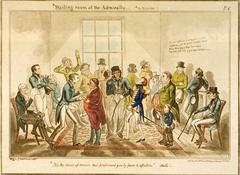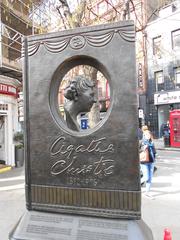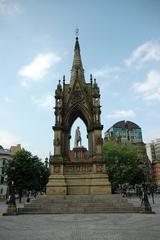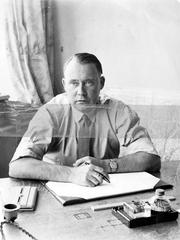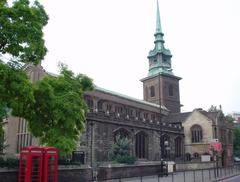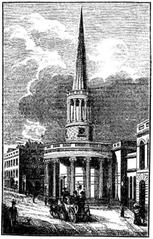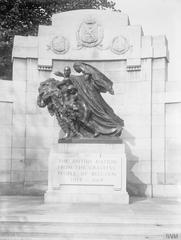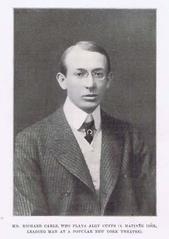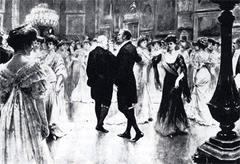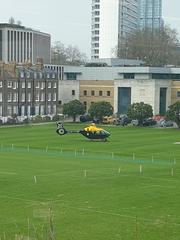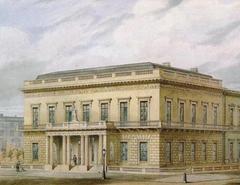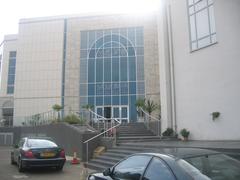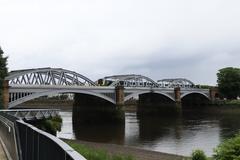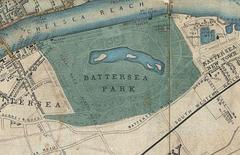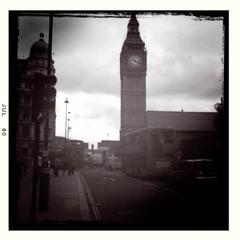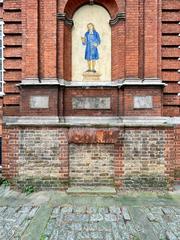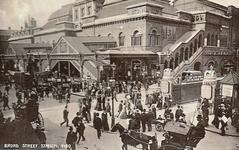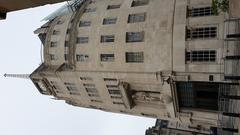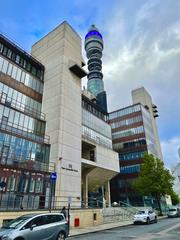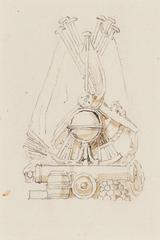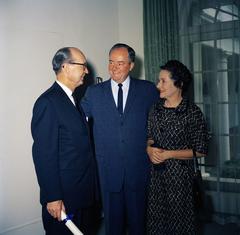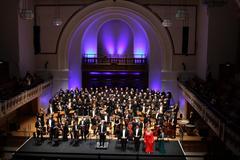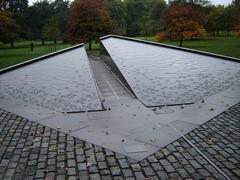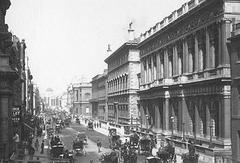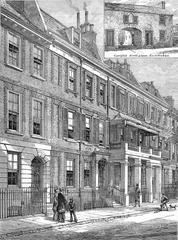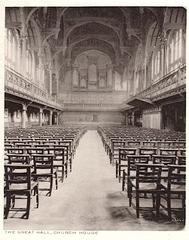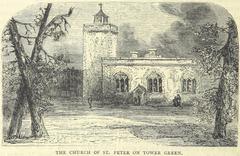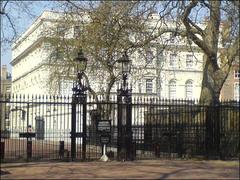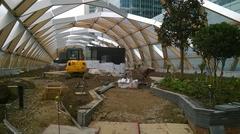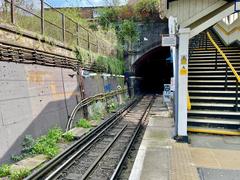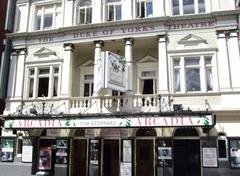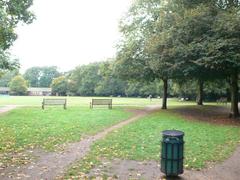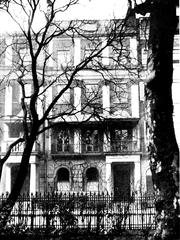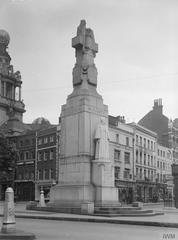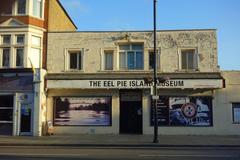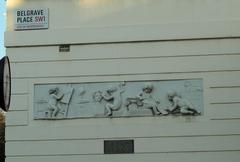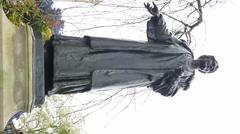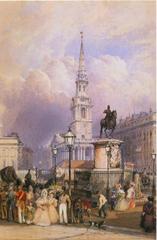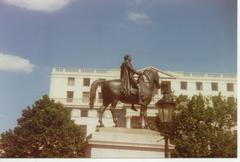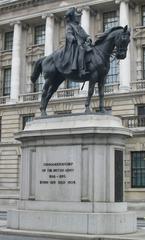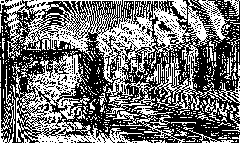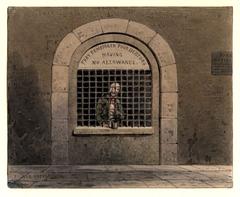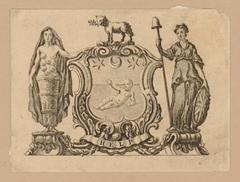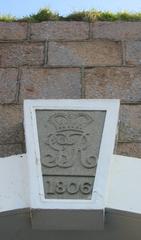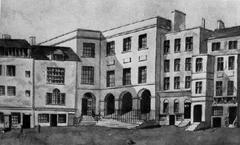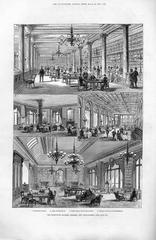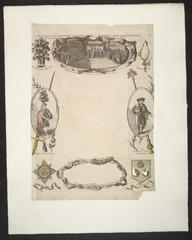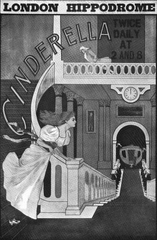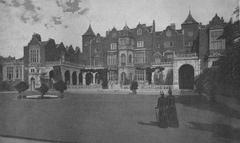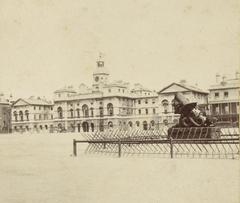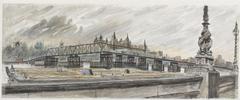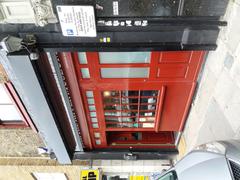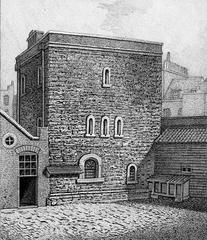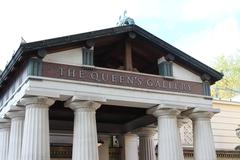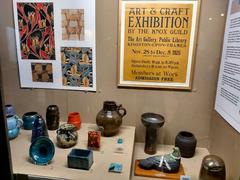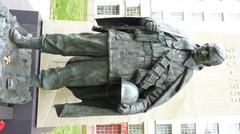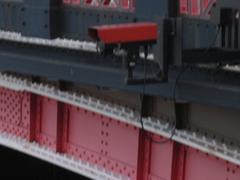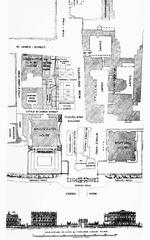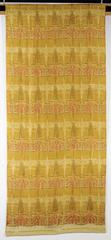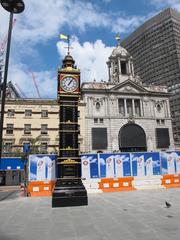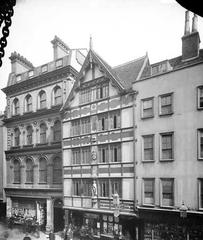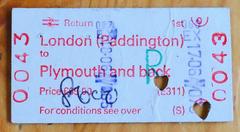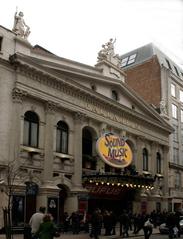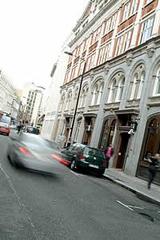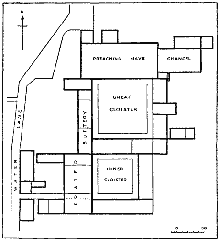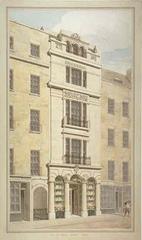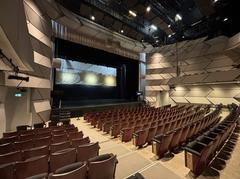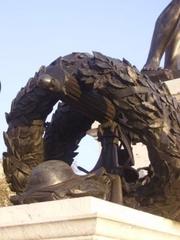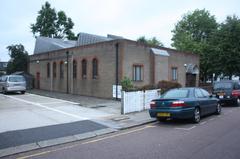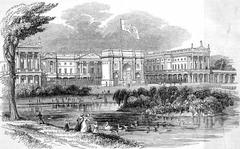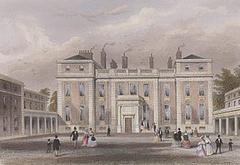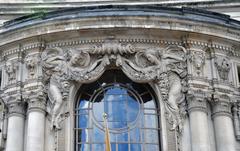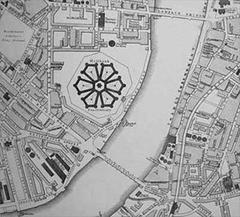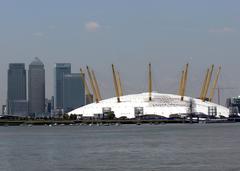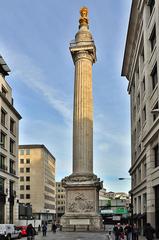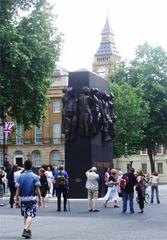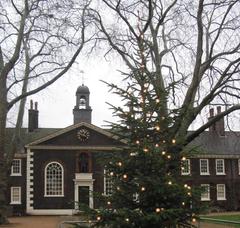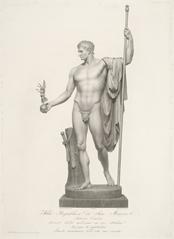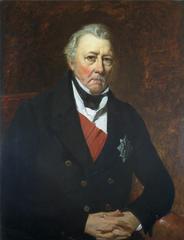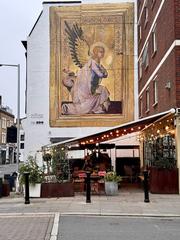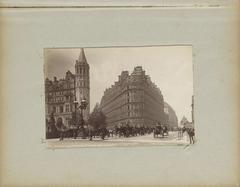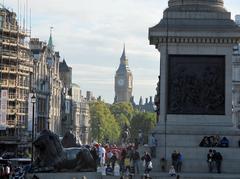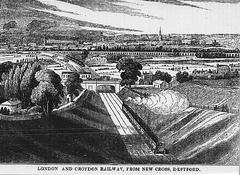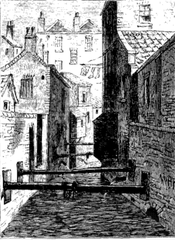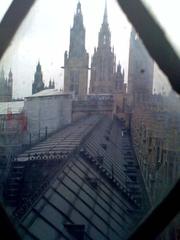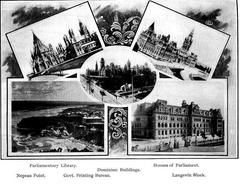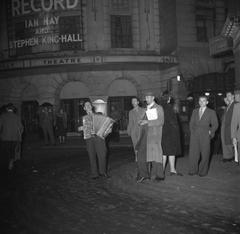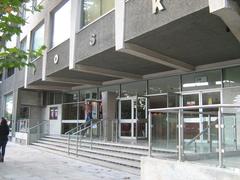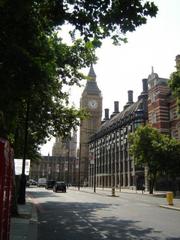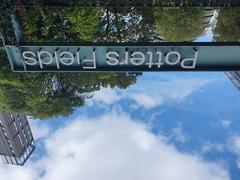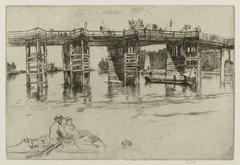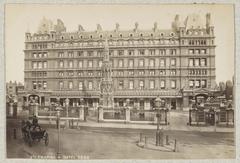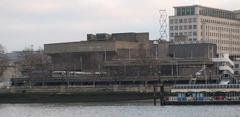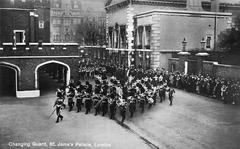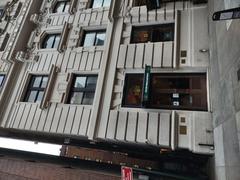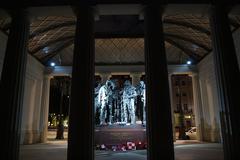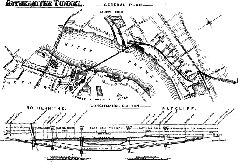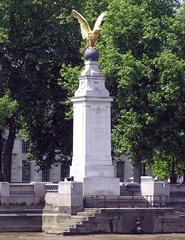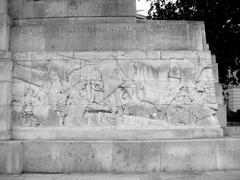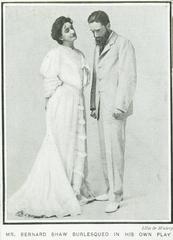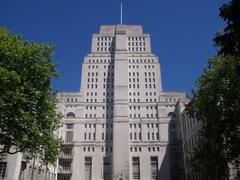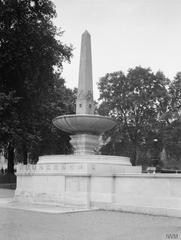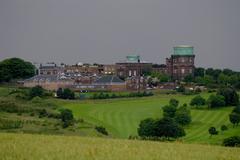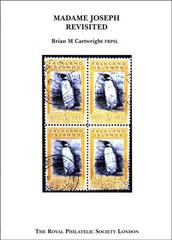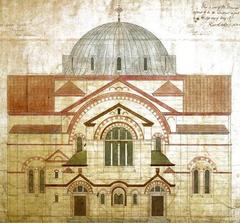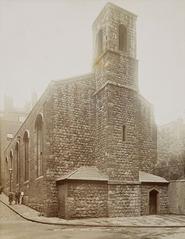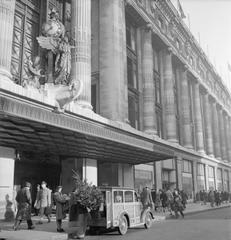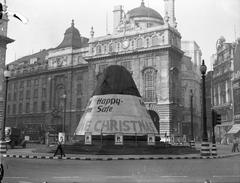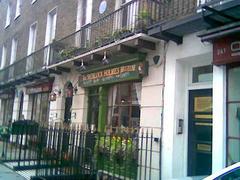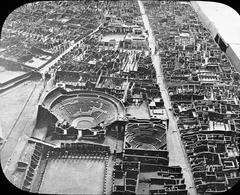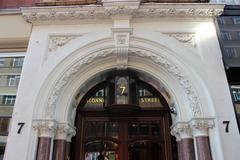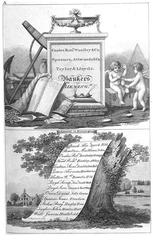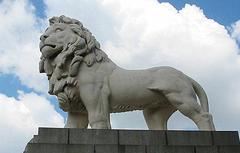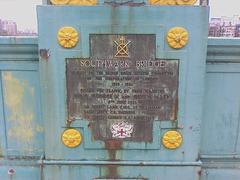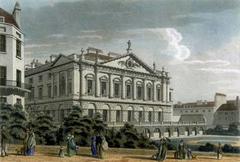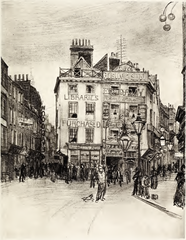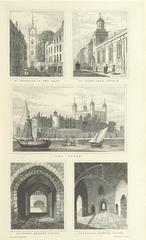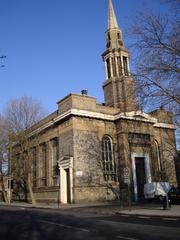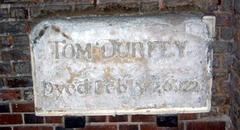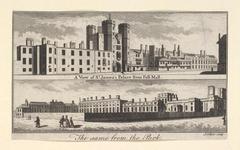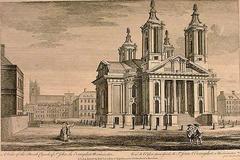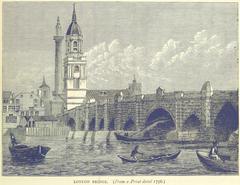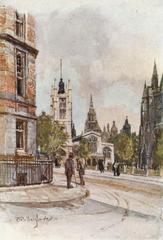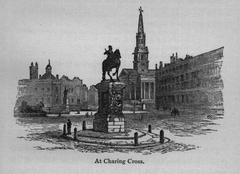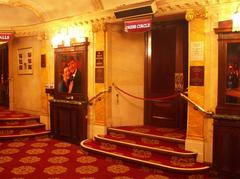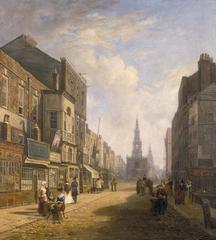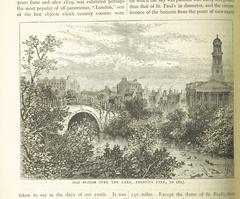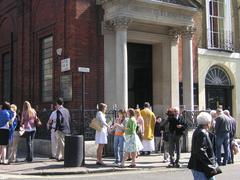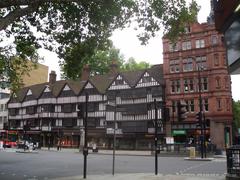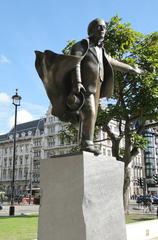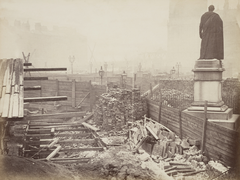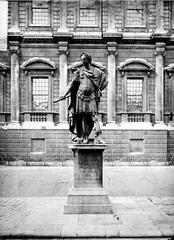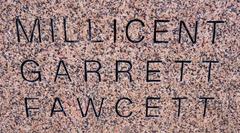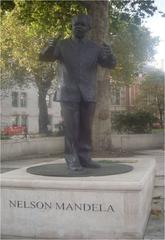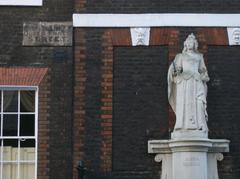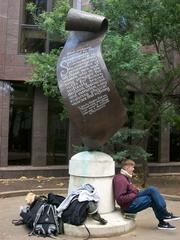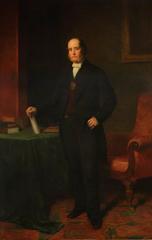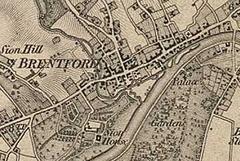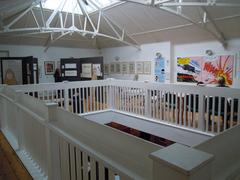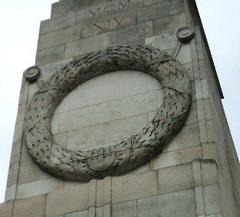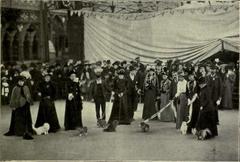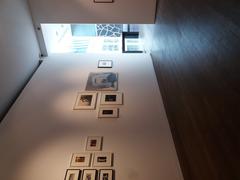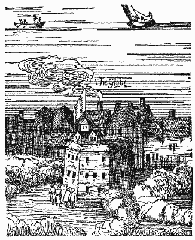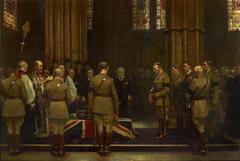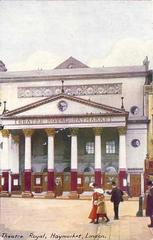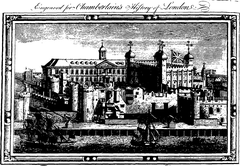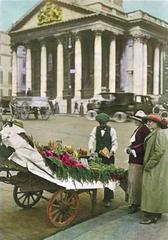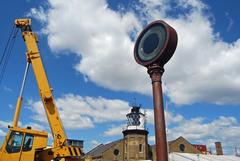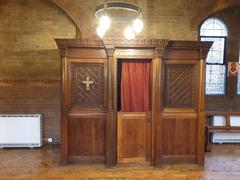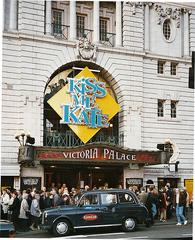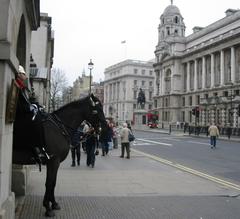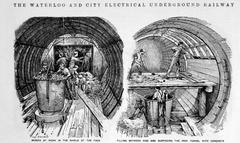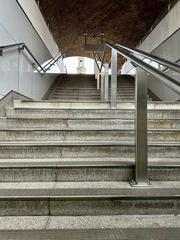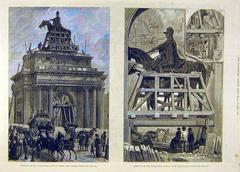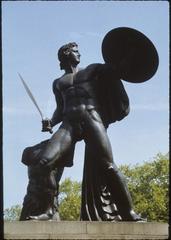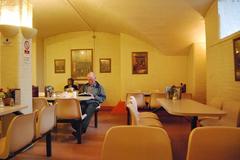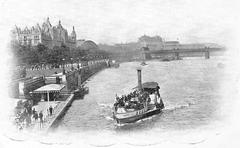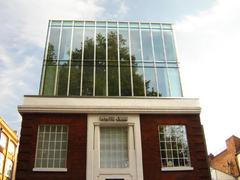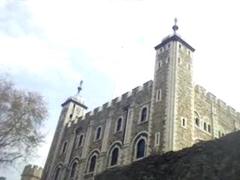Comprehensive Guide to Visiting Sculpture Court, London, United Kingdom
Date: 18/07/2024
Introduction
Table of Contents
- Introduction
- Origins and Development
- Cultural and Social Impact
- Preservation and Modernization
- Visitor Information
- FAQ
- Conclusion
Origins and Development
Sculpture Court can be traced back to the early 19th century when the area was part of a grand urban development plan. The court was initially conceived as a public space dedicated to the display of sculptures and other forms of public art, reflecting the Victorian era’s fascination with art and culture. The development of Sculpture Court was heavily influenced by the Great Exhibition of 1851, held in Hyde Park, London. The success of the exhibition spurred the creation of permanent spaces for public art in the city, including Sculpture Court.
Architectural Significance
The architectural design of Sculpture Court is a testament to the neoclassical style prevalent during its construction. The court is flanked by grand colonnades and features niches and pedestals for sculptures. Classical architectural elements, such as columns, friezes, and cornices, reflect the influence of ancient Greek and Roman art on Victorian architecture.
One of the most notable features of Sculpture Court is its central fountain, designed by renowned sculptor Sir Richard Westmacott. The fountain is adorned with intricate carvings and statues depicting mythological figures, creating a dynamic and visually striking environment.
Notable Sculptures and Artists
Over the years, Sculpture Court has been home to a diverse collection of sculptures created by prominent artists. One of the earliest and most famous works displayed is “The Dying Gaul,” a Roman marble copy of a Hellenistic sculpture. In the late 19th and early 20th centuries, Sculpture Court became a hub for contemporary artists like Auguste Rodin, Henry Moore, and Barbara Hepworth. Iconic pieces such as Rodin’s “The Thinker” and Moore’s “Reclining Figure” have graced the court.
Cultural and Social Impact
Sculpture Court has played a significant role in the cultural and social life of London. As a public space, it has provided a venue for art appreciation and education, attracting visitors from all walks of life. The court has hosted numerous exhibitions, lectures, and events, fostering a deeper understanding of sculpture.
During the suffragette movement in the early 20th century, Sculpture Court was a gathering place for activists rallying for women’s rights. The presence of powerful sculptures depicting strong and heroic figures provided a fitting backdrop for these demonstrations.
Preservation and Modernization
Recent efforts have focused on preserving and modernizing Sculpture Court to ensure its continued relevance and accessibility. Restoration projects have repaired and cleaned the sculptures, and updated infrastructure accommodates modern amenities. These efforts have been supported by both public and private funding.
Visitor Information
Visiting Hours and Tickets
- Sculpture Court is open to the public year-round, with extended hours during the summer months.
- Admission is free, although donations are encouraged to support maintenance and preservation.
Travel Tips and Nearby Attractions
- Check the official website for current exhibitions and events.
- Guided tours are available and provide valuable insights into the history and significance of the sculptures.
- Nearby attractions include the British Museum and Covent Garden.
Accessibility
- The court is wheelchair accessible, and facilities such as restrooms and a café are available on-site.
- Photography is allowed, but visitors are encouraged to be respectful of the art and other visitors.
- Visit during weekdays or early in the morning to avoid crowds and have a more intimate experience with the sculptures.
Special Events and Guided Tours
Sculpture Court hosts special events throughout the year, including temporary exhibitions and artist talks. Guided tours offer in-depth knowledge about the sculptures and their creators, enhancing the visitor experience.
Best Photographic Spots
The central fountain, with its intricate carvings and statues, is a popular photographic spot. The grand colonnades and neoclassical architecture also provide stunning backdrops for photos.
FAQ
What are the visiting hours for Sculpture Court?
- Sculpture Court is open year-round, with extended hours during the summer months.
Are guided tours available at Sculpture Court?
- Yes, guided tours are available and provide valuable insights into the history and significance of the sculptures.
Is Sculpture Court wheelchair accessible?
- Yes, the court is wheelchair accessible, and facilities such as restrooms and a café are available on-site.
Conclusion
Sculpture Court stands as a testament to London’s rich cultural heritage and its commitment to public art. Its history, architectural significance, and diverse collection of sculptures make it a must-visit destination for art enthusiasts and tourists alike. By preserving and modernizing this iconic space, London continues to celebrate the power of sculpture to inspire and connect people across generations.
Visiting the Sculpture Court at V&A Museum - Hours, Tickets, and Historical Insights
Introduction
The Sculpture Court at the Victoria and Albert Museum (V&A) in London is a must-visit destination for art lovers. With its extensive collection of sculptures spanning various periods and styles, the court offers a unique and enriching experience. Established in 1852, the V&A Museum is one of the world’s leading museums of art and design, and the Sculpture Court plays a significant role in showcasing the evolution of this art form.
Historical Background
Sculpture Court stands as a testament to the rich history of sculpture and its development over centuries. The V&A Museum’s establishment in 1852 marked the beginning of a legacy that has grown to become a global leader in art and design. The court houses an extensive collection of sculptures, offering visitors an in-depth look into the art form’s progression.
Architectural Significance
The architectural design of Sculpture Court is a marvel. The space is designed to maximize natural light, enhancing the viewing experience. High ceilings and a spacious layout allow large-scale works to be displayed prominently. The blend of classical and modern elements in the court’s design reflects the diverse range of sculptures it houses, creating an aesthetically pleasing environment that highlights the intricate details of each piece.
Collection Highlights
Sculpture Court boasts works from renowned artists such as Auguste Rodin, Antonio Canova, and Henry Moore. Notable pieces include Rodin’s “The Kiss,” Canova’s “The Three Graces,” and Moore’s “Reclining Figure.” These masterpieces exemplify the evolution of sculpture, from neoclassical grace to modern abstraction.
Cultural and Educational Importance
The Sculpture Court serves as an educational hub for art enthusiasts, students, and researchers. The V&A Museum offers various educational programs and workshops focusing on sculpture’s history and techniques. These programs provide valuable insights into the artistic processes and cultural contexts of the works on display. Temporary exhibitions often explore specific themes or periods in sculpture, further enriching the visitor experience.
Sculpture Court Visiting Hours and Tips
- Timing - The V&A Museum, including Sculpture Court, is open daily from 10:00 AM to 5:45 PM, with extended hours on Fridays until 10:00 PM. Weekdays are less crowded.
- Tickets - General admission to the V&A Museum is free, but some special exhibitions may require tickets. Check the official website for details.
- Guided Tours - The museum offers guided tours of Sculpture Court, providing in-depth information about the sculptures and their historical contexts. Advance booking is recommended.
- Accessibility - The V&A Museum is fully accessible. Wheelchairs are available on request, and there are accessible restrooms and elevators throughout the museum.
- Photography - Photography is allowed in Sculpture Court, but flash and tripods are prohibited to protect the artworks.
- Amenities - The museum has cafes, restaurants, and gift shops offering a range of art-related merchandise.
- Transportation and Parking - The nearest tube stations are South Kensington and Gloucester Road. Limited parking is available nearby.
Interactive and Digital Features
The V&A Museum has incorporated digital technology to enhance the visitor experience in Sculpture Court. Interactive kiosks provide detailed information about the sculptures, including their history, materials, and techniques. The museum’s website offers virtual tours and high-resolution images, making the art accessible from home.
Conservation Efforts
Preservation of the sculptures is a top priority for the V&A Museum. A team of conservators specializes in sculpture care and restoration. Regular assessments and conservation treatments ensure the artworks remain in excellent condition for future generations.
Community Engagement
Sculpture Court plays a vital role in the V&A Museum’s community engagement initiatives. The museum organizes events and activities that encourage public participation, such as artist talks, hands-on workshops, and family-friendly programs. Partnerships with local schools and community organizations promote cultural awareness and provide educational opportunities.
Future Developments
The V&A Museum continually evolves to enhance the visitor experience in Sculpture Court. Future plans include augmented reality (AR) features for immersive experiences and artificial intelligence (AI) for personalized recommendations. These innovations aim to enrich the visitor experience and keep Sculpture Court a leading destination for art lovers.
FAQ
- What are the visiting hours for Sculpture Court? The Sculpture Court is open daily from 10:00 AM to 5:45 PM, with extended hours on Fridays until 10:00 PM.
- Are guided tours available at Sculpture Court? Yes, the museum offers guided tours that provide in-depth information about the sculptures and their historical contexts. Booking in advance is recommended.
- Is there an admission fee for Sculpture Court? General admission to the V&A Museum is free, but some special exhibitions may require tickets.
- What transportation options are available? The nearest tube stations are South Kensington and Gloucester Road. Limited parking is available nearby.
- Can I take photos in Sculpture Court? Yes, photography is allowed, but the use of flash and tripods is prohibited.
For more information, visit the official V&A Museum website.
Conclusion
Sculpture Court stands as a vibrant testament to London’s enduring commitment to public art and cultural heritage. From its neoclassical architectural elegance to its diverse collection of sculptures by renowned artists like Rodin and Moore, Sculpture Court offers an enriching experience for visitors. The V&A Museum’s Sculpture Court complements this with its extensive historical collection, educational programs, and modern amenities, making it a must-visit destination for art enthusiasts. Both locations continue to evolve, integrating modern technologies and engaging the community through various events and workshops. By preserving and modernizing these iconic spaces, London ensures that the power of sculpture continues to inspire and connect people across generations. For more information and updates, visitors are encouraged to check the official websites and follow related social media channels.
